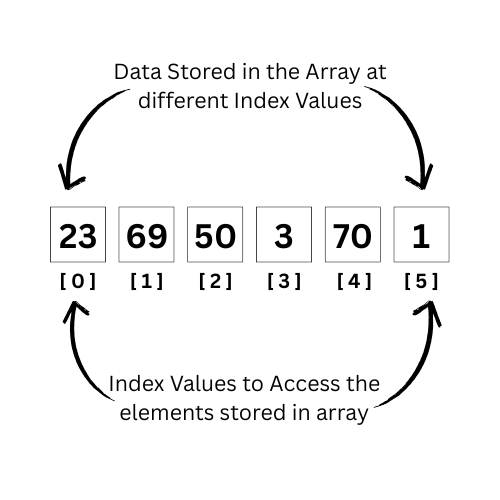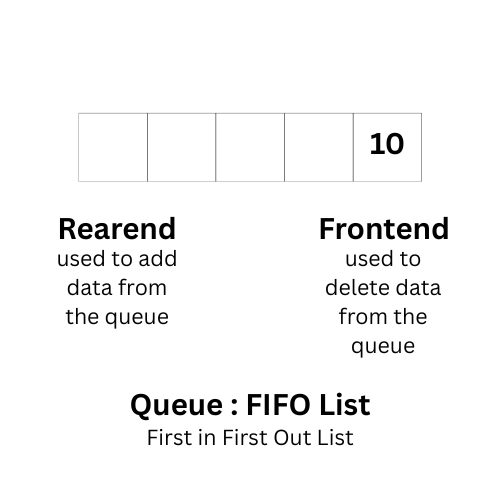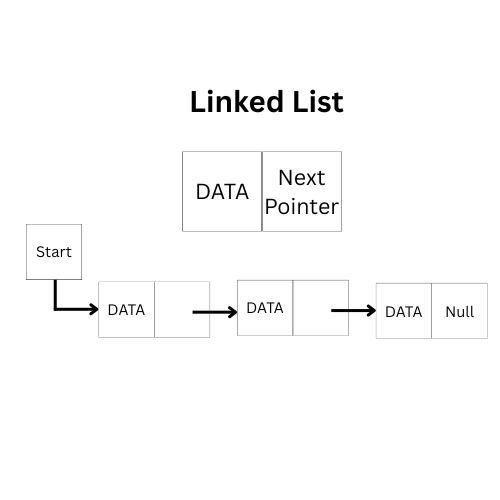Data Structures Explained: A Beginner's Guide

Understanding data structures is fundamental to programming
If you're new to coding, you've probably come across terms like array, stack, or linked list and thought, "What does that even mean?" Don't worry — you're not alone. These are all types of data structures, and they form the foundation of how programs organize and process information.
In this guide, we'll break down what data structures are, why they matter, and introduce you to the most common types — all in simple language with relatable examples.
What Is a Data Structure?
A data structure is a way to organize and store data in a computer so it can be used efficiently.
Think of it like organizing your wardrobe: shirts go in one drawer, pants in another, socks in a box. Each drawer (or structure) is designed to hold and access a specific type of item. Similarly, in programming, different data structures are used depending on the type of data and what you want to do with it.
Why Are Data Structures Important?
- Efficiency: The right structure makes programs faster and less memory-hungry
- Scalability: Handles larger data more smoothly
- Problem Solving: Many coding problems are based on data structures
- Real-World Use: From social media feeds to navigation systems — they're everywhere
Types of Data Structures

Array
Like a row of boxes where each box holds a value
Use cases: Great for storing ordered items

Stack (LIFO)
Imagine a stack of plates - you add and remove from the top only
Use cases: Use when you need to reverse things or track history

Queue (FIFO)
Think of people standing in line - first person gets served first
Use cases: Perfect for scheduling tasks or managing queues

Linked List
A chain of nodes where each holds a value and a link to the next
Use cases: Flexible in size with easier insertions/removals

Tree
Starts with a root and branches out in non-linear fashion
Use cases: Used in file systems, decision trees, and databases

Graph
Networks of nodes and edges like social connections
Use cases: Used in social networks, maps, and recommendation systems
Real-Life Example: Why It Matters
Imagine building a contact list app:
- Building a contact list app with arrays to store names
- Using hash tables to search names quickly
- Implementing sorting algorithms to organize contacts
Final Thoughts
Data structures are the toolbox every programmer must carry. Mastering them helps you build efficient, scalable, and real-world applications. Start small — practice with basic structures, and slowly move up to complex ones. If you're consistent, what once felt like intimidating jargon will become second nature.